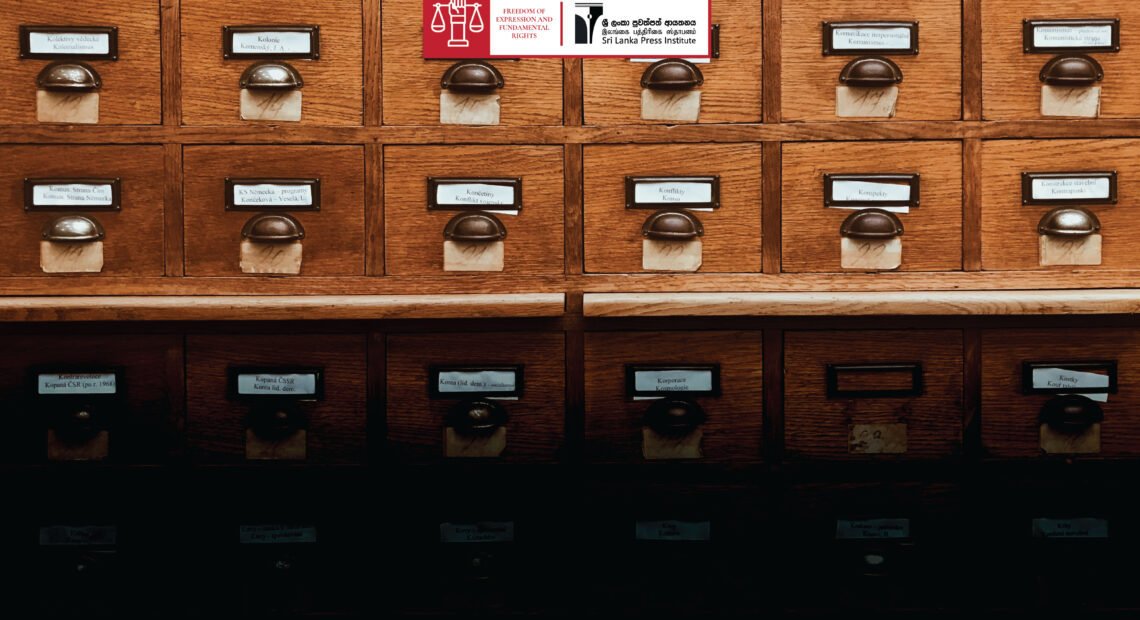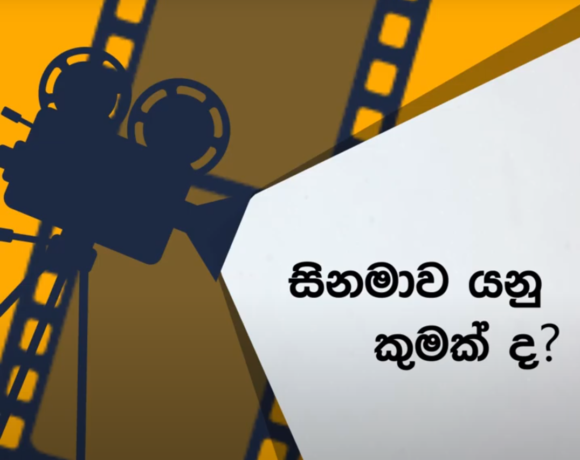
Reconciliation and constitutional reform
Aruna Lakshman Fernando
Drafting the constitutional reforms of Sri Lanka is postponed with no date. In 2015, the Good Governance government appointed a committee headed by Lal Wijenayaka to consult the public to draft a constitution. The present government has also appointed a draft committee headed by PC Romesh de Silva. The time given to that committee ended without progress. Since the 1978 constitution was passed, political parties and people demand to amend it, but almost all the politicians hang on to power using it. The leaders are vehemently against the 1978 constitution when they are in opposition. However, they magically turn into guardian gods of the 1978 constitution after they are ushered into power.
In the recent six years, the hopes for a new constitution were shattered twice, although a correctly drafted new constitution is a must to direct the people affected by a four-decade civil war. A new constitution is essential for any future government to build sustainable peace and reconciliation.
The peaceful citizens must set forth a condition in advance for such a constitutional drafting process. That is equal treatment for all the citizens and safeguarding all communities’ language, cultural and religious identities.
Sri Lanka was ruled under the Soulbury constitution from independence in 1948 until 1972. That constitution guaranteed the above-mentioned dual points. However, the Unity Front government that came to power in 1970 passed a republic constitution in 1972 that included an article to give prominence to Buddhism. However, the constitution had provisions for equal treatment for all communities too. Since the majority community of Sri Lanka is Buddhists, they are given prominence in every activity. Therefore, it is unnecessary to be guaranteed explicitly by the constitution. At the outset, the provisions to give prominence to one religion and the state’s responsibility in terms of it amount to discrimination against other communities. One can argue that the major law that safeguards equality itself is violating the right to equality.
When considered the social and political trends of the time the republic constitution was drafted, there was no demand from the people to give prominence to Buddhism. It was a mere extension of S.W.R.D. Bandaranaike’s snappy slogan of declaring Sinhala the only state language. Otherwise, there was no possibility for a constitution drafted by a veteran Marxist to include a clause to give prominence to one religion. In the 1978 constitution also, liberal leader J.R. Jayawardane did not correct the error created by the previous constitution. These examples indicate the influential powers of the Buddhist religious leaders over crucial political decisions. Even today, one of the foremost questions raised in terms of a constitutional building process is the prominence given to Buddhism. However, such discrimination against specific communities may severely harm ethnic reconciliation.
This situation equals challenging an entire constitution by one clause. Citizens must consider this in a broad perspective logically. They must relieve themselves from the island mentality and view the examples of the states where human rights have been better established. Almost all these states have secular governments. Therefore, equality is naturally guaranteed to all religions.
Our neighbour India is a state with a massive ethnic and religious diversity. The majority of Hindus are about 80% of the population, while Muslims are about 13.2%. Catholics, Sikh and Buddhist communities are 2.3%, 1.72% and 0.7%, respectively. Additionally, there are hundreds of other minority religions. Although Hindus are 80% of the population, a clause to give prominence to Hindus has not been included in the constitution. India provides an example to the entire region by being a secular state. Religious harmony is guaranteed in the country because of the constitution’s non-discrimination policy against any religion. All minority communities can trust the government in any crisis situation because of this constitutional guarantee.
India provides an example language-wise also. The Majority-speaking Hindi language and 14 other languages, including Asam, Bengali, Gujarat, Telugu, Tamil and Panjabi, are also considered main languages. Many other languages such as Manipuri, Nepali, Sindi are considered sub major languages. All states have the freedom to decide their languages and language-based conflicts are minimal in India.
It is true that the Indian context cannot be replicated here. However, we can consider the positive characteristics of the Indian constitution when amending the constitution of Sri Lanka. Under the present context of Sri Lanka, ethnic strife is more profitable for politicians than ethnic harmony. The situation worsened after the end of the war. Instead of securing power with the support of the minority communities, Sri Lankan politics changed to establishing governments with sole Sinhala ethnic power. Against this backdrop, the reconciliation-loving community of Sri Lanka will have to work hard to draft a constitution targeting to achieve harmony.
நல்லிணக்கம் மற்றும் அரசியலமைப்பு சீர்திருத்தம்








